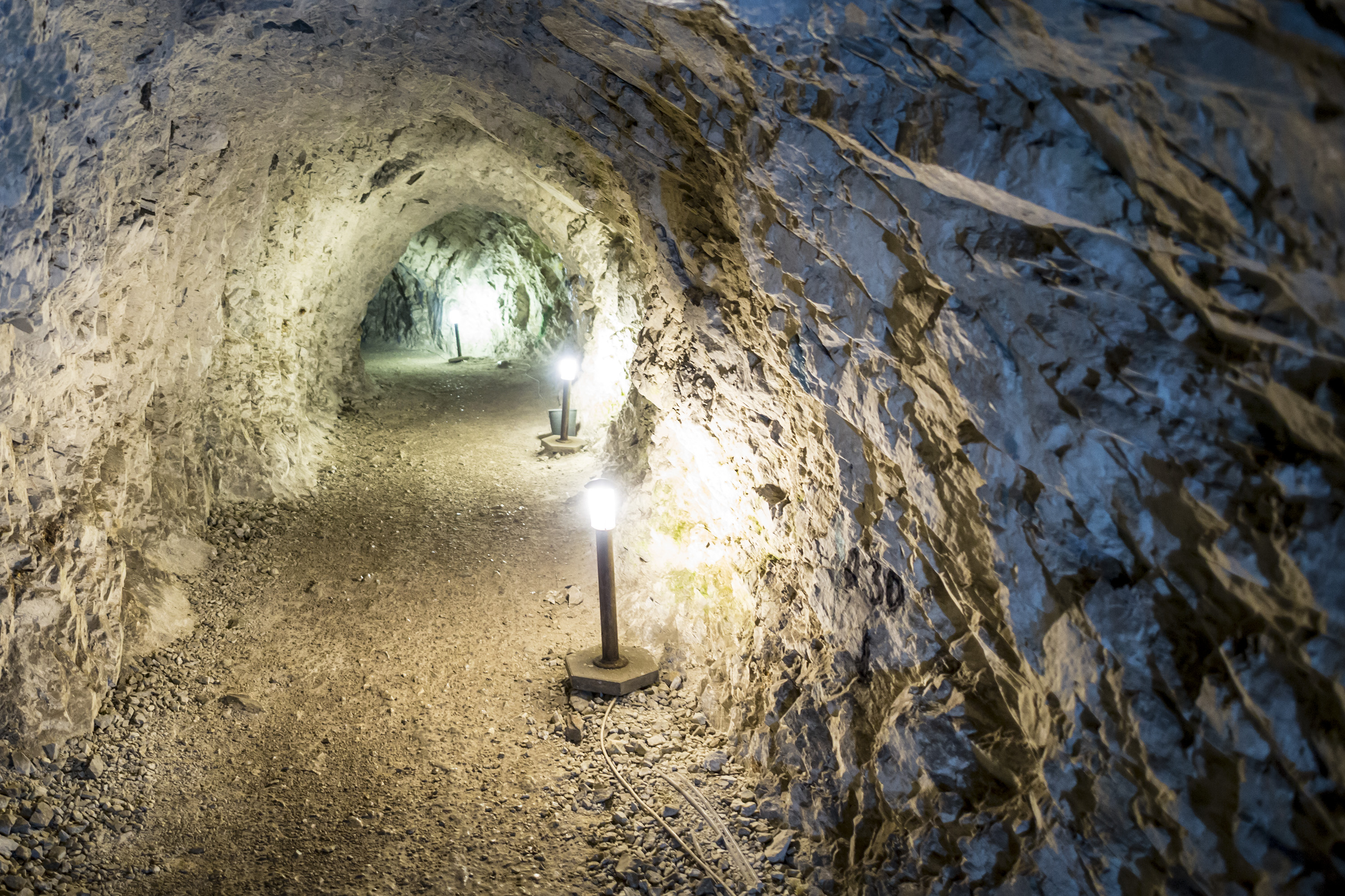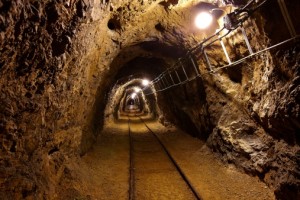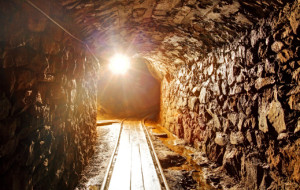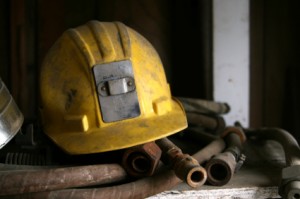
Funding shortfalls may inhibit efforts at improving mine safety.
In the wake of the disaster on April 5, 2010, at the Upper Big Branch Mine, much attention has been given to how the mining industry has been regulated and whether those regulations are effective. Although in response to the disaster the federal Mine Safety and Health Administration (MSHA) has reacted forcefully with internal investigations and surprise inspections of mines, the agency’s capacities over the long term may be insufficient without further support from Congress.
MSHA is required by statute to conduct inspections at least four times a year for underground mines. These are supposed to be “wall-to-wall inspections” that go through the entire mine. While an inspection is in progress, an inspector can cite violations and have fines imposed on the mine’s operator. Any violation of safety must be corrected immediately. The inspector may remove all workers from the mine until the problem is fixed, if necessary. MSHA has begun an enforcement blitz, as well as some internal investigation. In one recent week, agency personnel spot-inspected fifty-seven mines across ten states.
In addition to responses from agency inspectors, informal, third-party “inspectors” have also increased attention to mine safety. The number of anonymous calls MSHA has received from other Massey Energy mines has increased. At least three Massey mines have reportedly been closed since April 5 as the result of anonymous tips concerned about safety. Further, MSHA has examined its own operations. For example, MSHA has reported finding errors in a computer program that compiled violations so as to put mines on a watch list. Apparently Massey’s Upper Big Branch would have been placed on the agency’s watch list had the program been working correctly. However, because Upper Big Branch had actually improved its safety record, Upper Big Branch still would probably have been open the day of the accident even if it appeared on the agency watch list.
One concern centers on the level of MSHA’s current statutorily defined penalties, and whether MSHA’s enforcement of those penalties is enough to deter future risky behavior. For violations of section 104 of the Mine Improvement and New Emergency Response Act of 2006, MSHA can issue fines of up to $250,000 for an “unwarrantable failure of the mine operator or contractor to comply” with safety standards. However, MSHA usually issues fines at much lower levels, and these fines are routinely appealed for years. Because a long history of violations puts mines on a watch list, necessitating increased MSHA oversight, mine owners have an incentive to appeal as many violations as possible, keeping them off their records. Massey Energy, the owner of the Upper Big Branch mine, reportedly owed $2,000,000 in fines from Upper Big Branch alone. According to an Associated Press story, “Last year alone, MSHA cited Upper Big Branch for 495 violations and proposed $911,802 in fines.”
When a regulatory agency’s fines are not sufficient to deter behavior, the law may sometimes provide for private rights of action, which could allow employees to sue for unsafe work conditions. However, the only private right of action for miners apparently only protects from discrimination those miners who specifically ask for inspections. Thus, although there are private wrongful death suits against Massey Energy, these will be filed in state court, such as West Virginia, where questions have been raised about whether Massey Energy has close ties to state courts. Massey’s entry into bankruptcy also raises questions about whether private rights of action can actually produce much future deterrence.



